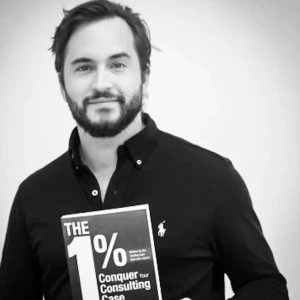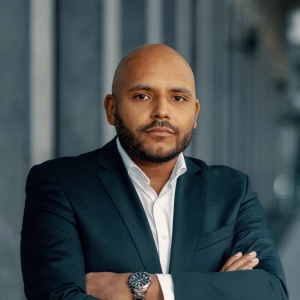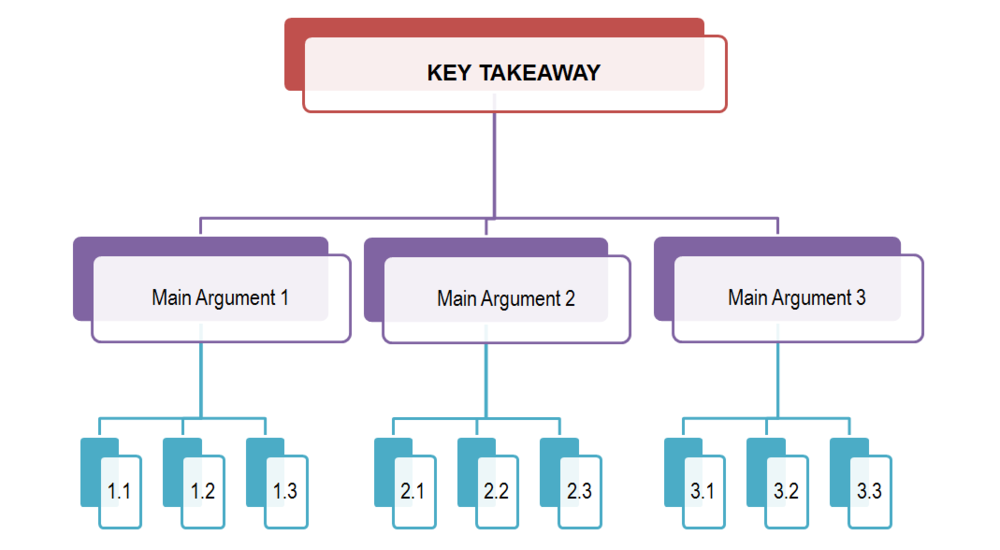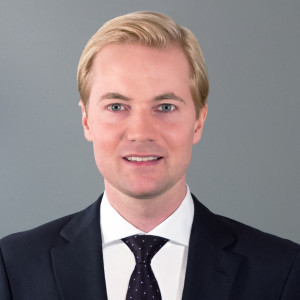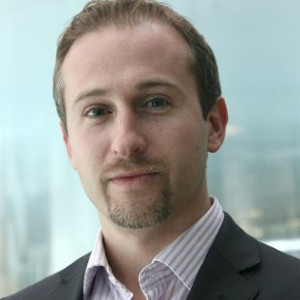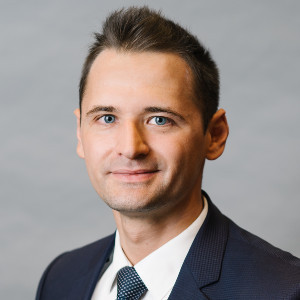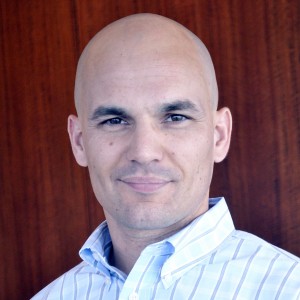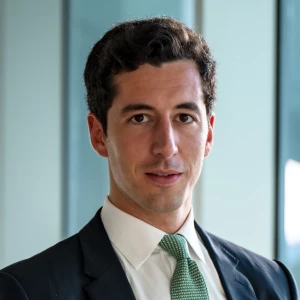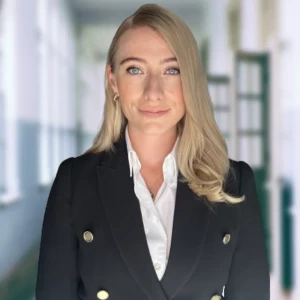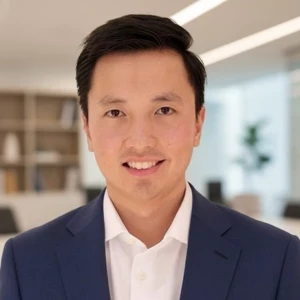What exactly is top-down communication when it comes to structuring? Is it saying 'There are 4 areas I want to look at : A, B, C and D. Within A, there are 3 things. Firstly X, Secondly Y, Thirdly Z.."? Is mentioning the number of areas (4, 3 etc..) and then saying firstly, secondly as you go through each item in the area, what makes it top-down?
Are there other ways to communicate a structure top-down for the purposes of the interview?


